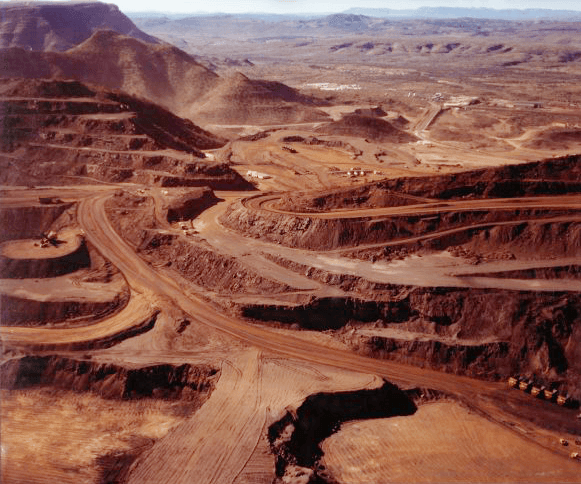Mining is where the excavation of the Earth takes place in the search for minerals for extraction. Should you fancy doing some mining, you will have to know the laws, acts and rights before you do.
Industry
As you may well know, the mining industry is very relevant to the Western Australian economy, with iron ore, gold, nickel and alumina being the most economically significant mining exports. In terms of land, mining uses up only a tiny area of the State’s land. However, because of the activity and the processes used, mining has a dramatic effect on the environment. Here are some of the laws from the Mining Act to the mining tenement.
The Mining Act
The Mining Act 1978 (WA) is the predominant statute governing mining in W. Australia. The Mining Act applies to mineral exploration and mining operations. These mining operations as defined under the Act involve the extraction of ores, elimination of overburden, and processes such as crushing, leaching and evaporating which are essential to extract minerals from the land.

Prospecting Licence
A prospecting licence enables a person to enter land to prospect for minerals and to perform activities as necessary for that purpose, such as drilling bores, digging trenches and pits, removing samples for testing and taking water. A prospecting licence may cover a maximum area of 200 hectares. The prospecting licence’s period is four years, with a further four-year extension in some cases.
Retention Licence
Someone who has a prospecting licence or exploration licence can request to modify that licence to a retention licence, if it is known that there is a mineral deposit on the land, but at the time it is not possible to begin mining. This gives the licence holder more time to assess the resource, create plans, guarantee funds, or stand by for better economic conditions.
Exploration Licence
An exploration licence is similar to a prospecting licence, and will admit a person to enter land and to carry out activities of exploration. Exploration activities will include extraction of a small quantity of sampling material for testing the quality of the resource. The main difference between a prospecting licence and an exploration licence is that an exploration licence applies to a large area of up to 21,700 ha.
Private Land Mining
In advance of a mining tenement being applied for, it has to be ‘marked out’ by the miner. The miner has to gain the consent of the landlord or occupier, or a permit from the Mining Warden before entering private land for marking out a mining tenement. This permit will usually be subject to a condition to the permit holder to provide some indemnity for any damage to the landlord. A mining tenement will not be granted over private land without the owner’s knowledge (unless the tenement is restricted to land more than 30m under the surface). If you’re on the lookout for expert advice in the field of mining tenement, do yourself a favour and check out Austwide for the best professional service in W. Australia.
Future
And, there you go. Should someone ask you about mining tenement in the future, you’ll know what to say! May your prospects be great!
